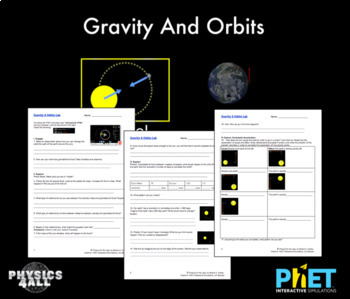
In the 17th and 18th, and most of the 19th centuries, Newton’s view prevailed.īerkeley’s conjecture was revisited in the late 19th century by Ernst Mach, who noted that local rotation coincided with rotation relative to the “fixed stars”, suggesting that local inertial frames of reference were determined by some long-range action of matter at cosmological distances. From this point of view, absolute space’s action on matter is not the origin of inertia, the action of other matter in space is the cause of inertia. Already in Newton’s day, this conception of inertia as due to absolute space was seriously called into question by, among others, Bishop Berkeley who argued that a body in an otherwise empty universe would have no inertia since there would be no other matter to refer motion of the body to. Inertia, properly vis inertiae or inert force, was taken to be an inherent property of “matter” conferred on it by its existence in absolute space, that only ceases to be inert when external forces act on matter to produce proper accelerations, rising to produce the reaction force the matter exerts on the accelerating agent to resist the impressed force. I present results of a experiment designed to produce such forces for propulsive purposes.īefore Einstein’s creation of general relativity theory, the conception of inertia was that captured in Newton’s laws of mechanics, Newton’s elaboration of the idea of inertia, first introduced by Galileo some years earlier. If inertial forces are gravitationally induced, it should be possible to generate transient gravitational forces of practical levels in the laboratory. I argue that while Brans’ argument is correct, the inference that inertia is not an inductive gravitational effect is not correct. He inferred that the EP prohibits the gravitational induction of inertia. About 1960, five years after Einstein’s death, Carl Brans pointed out that Einstein had been mistaken in his “spectator matter” argument. By 1912, Einstein had settled on the idea that inertial phenomena, in particular, inertial forces should be a consequence of inductive gravitational effects. The EP is the assertion that the forces that arise in proper accelerations are indistinguishable from gravitational forces unless one checks ones circumstances in relation to distant matter in the universe (the fixed stars).


The relationship of gravity and inertia has been an issue in physics since Einstein, acting on an observation of Ernst Mach that rotations take place with respect to the “fixed stars”, advanced the Equivalence Principle (EP).


 0 kommentar(er)
0 kommentar(er)
